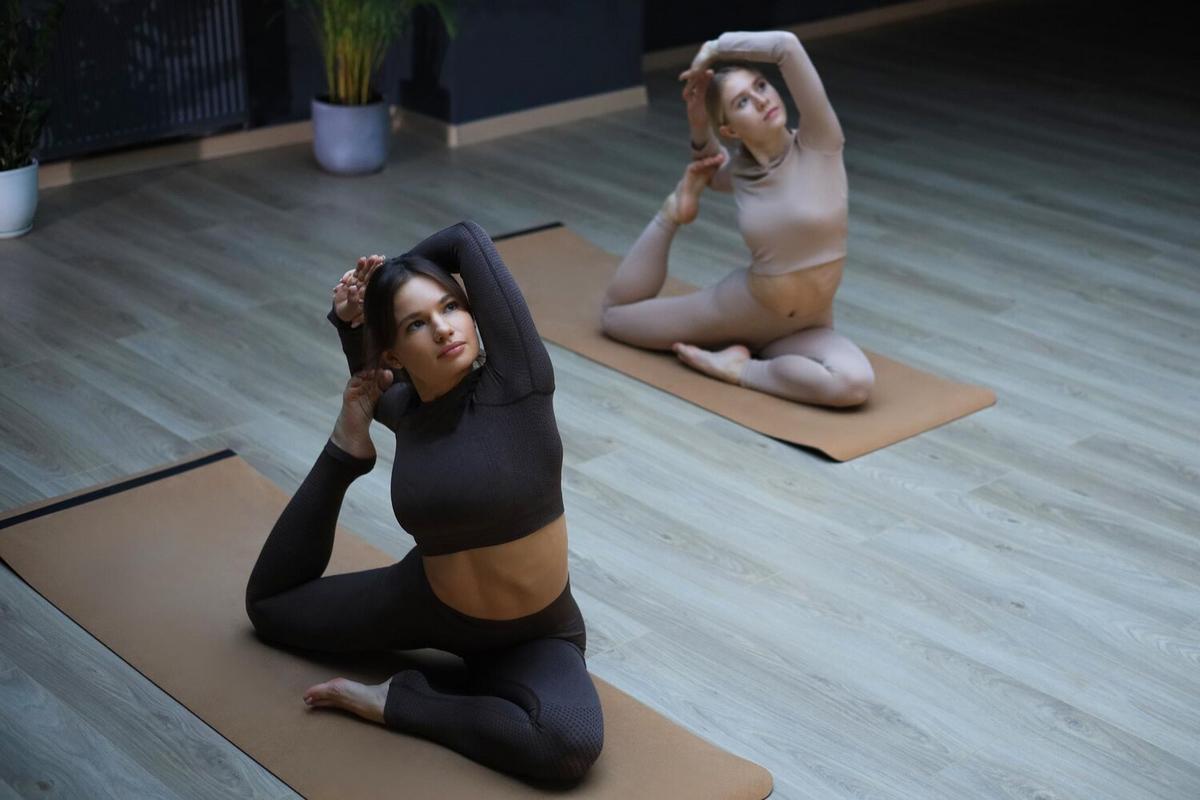Yoga, an ancient practice with modern-day relevance, offers both physical and mental benefits. Whether you’re a seasoned yogi or just starting out, incorporating yoga poses that focus on flexibility and strength can greatly enhance your overall well-being.
Why Flexibility and Strength Matter
Flexibility and strength are two fundamental aspects of physical wellness. A flexible body is less prone to injuries and can perform daily activities with ease. Strength, on the other hand, supports the joints, enhances posture, and boosts metabolism. Combining both in your yoga practice can lead to a balanced and healthy lifestyle.
Expert Insights
According to a study published in the Journal of Physical Activity and Health, practicing yoga can significantly improve flexibility and muscular strength. Experts suggest that incorporating yoga into your routine can be as beneficial as traditional strength training.
Essential Yoga Poses
| Pose | Focus Area | Benefits |
|---|---|---|
| Downward Dog | Full Body | Improves flexibility, strengthens arms and legs |
| Warrior II | Legs and Core | Enhances endurance, tones legs |
| Triangle Pose | Hip and Spine | Stretches legs, opens hips |
| Tree Pose | Balance | Strengthens legs, improves balance |
| Cobra Pose | Back | Strengthens spine, stretches chest |
| Bridge Pose | Back and Glutes | Opens chest, strengthens lower back |
| Plank Pose | Core | Builds core strength, improves endurance |
| Child’s Pose | Restorative | Relieves tension, gently stretches back |
Personal Experience
Lorena, a yoga enthusiast, shares her journey: “Incorporating poses like the Downward Dog and Triangle Pose into my routine has transformed my flexibility and strength. I feel more balanced and energized throughout the day.”
Actionable Tips
- Start with basic poses and gradually move to advanced ones.
- Practice regularly, even if it’s just 10 minutes a day.
- Focus on your breathing to enhance the effects of each pose.
- Listen to your body to avoid overstretching or injury.
Yoga blocks and straps can be helpful tools for beginners to achieve correct alignment and deepen stretches.
Additional Resources
For further reading, check out resources from reputable yoga sites or community classes that offer guidance for all levels of practice.
Frequently Asked Questions
What is the best time to practice yoga?
While yoga can be practiced at any time, early morning or evening are often preferred for their calming effects.
How often should I practice yoga to see results?
Practicing yoga 3-4 times a week can lead to noticeable improvements in flexibility and strength.
Can yoga replace my regular workout routine?
Yoga can complement your workout routine by enhancing flexibility and mental focus, but it may not fully replace cardio or high-intensity strength training.
Conclusion
Incorporating yoga poses for flexibility and strength into your routine can transform not only your physical capabilities but also your mental resilience. As you explore these poses, remember to be patient with your progress and enjoy the journey towards a more balanced lifestyle.

Leave a Reply